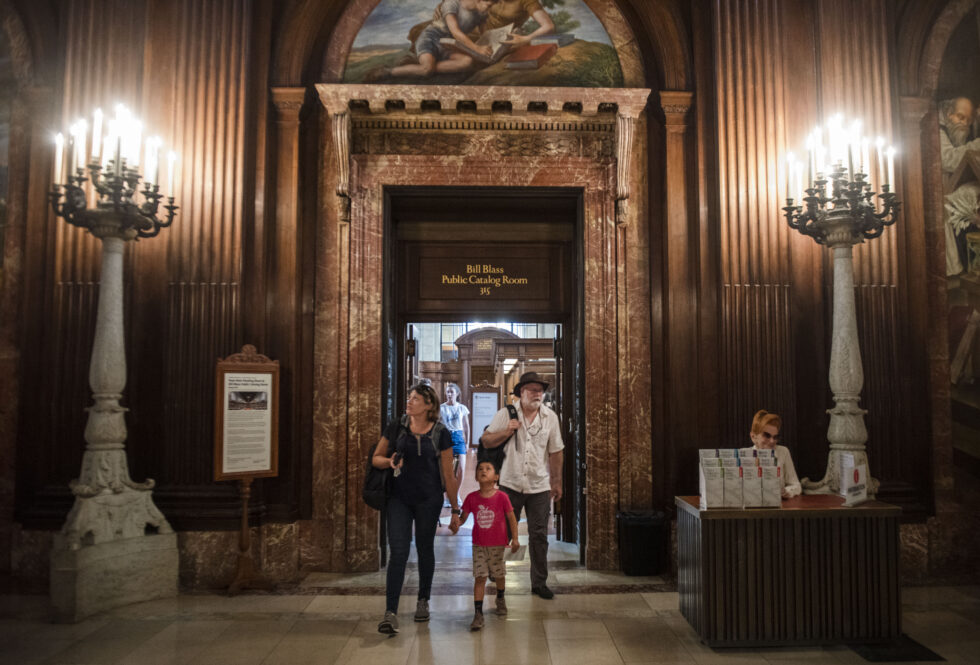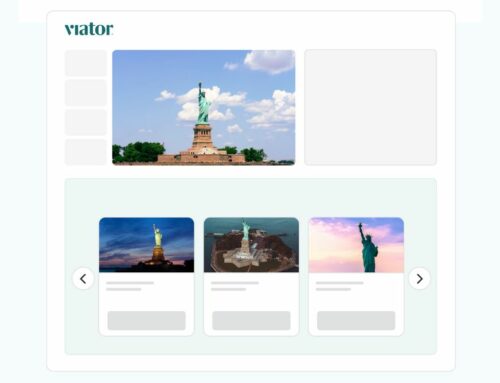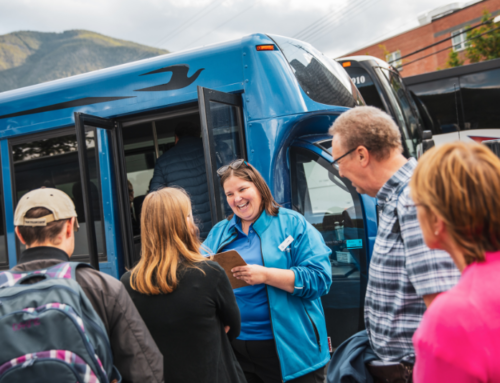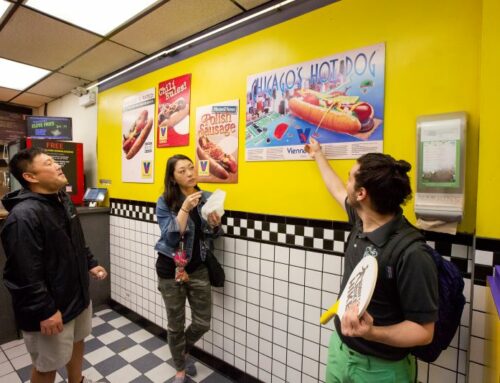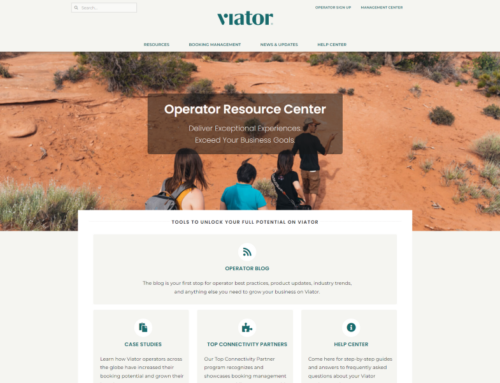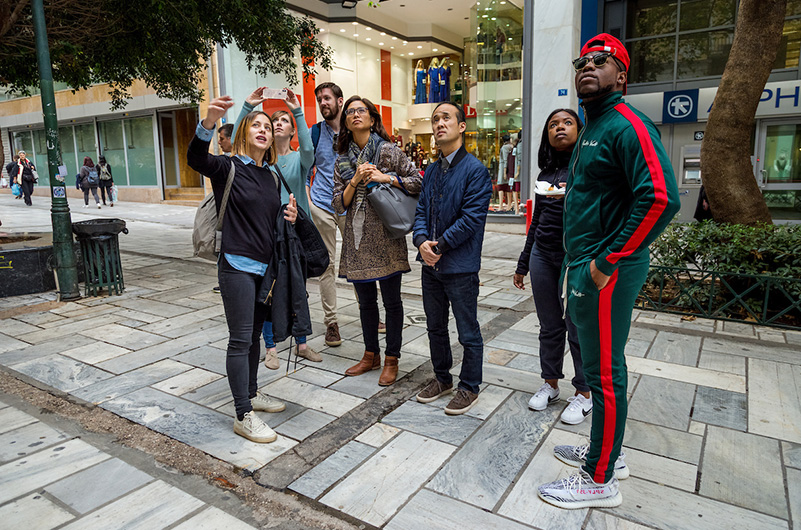After over two years of staying home, Baby Boomers, Millennials, and Generation Zers are back on the road again. Here we look at how travel habits among these three key generations have begun to shift and offer tips for suppliers looking to entice travelers from each demographic.
Baby Boomers
As COVID inches its way toward endemicity, Baby Boomers are getting out in growing numbers. According to data from travel insurance company Squaremouth.com, the number of Baby Boomers traveling in the first half of 2022 grew more significantly than any other age group compared to the first half of 2021, when mass vaccination efforts were just getting underway. Continued vaccination efforts and improved treatment protocols mean that Baby Boomers, who are at higher risk of severe COVID than younger travelers, can travel with more confidence than before. Nevertheless, suppliers can benefit from highlighting COVID-safe protocols they may have in place.
The state of the economy is another key factor impacting how Baby Boomers approach travel. Retired Baby Boomers are largely living off fixed pensions and retirement assets, while inflation is high and the market is low. However, because of the current strength of the US Dollar, American Baby Boomers are in a unique position to maximize their spending abroad, which has fueled in-destination spending in key inbound markets such as Europe.
If you offer multi-day tours, Baby Boomers are an excellent market to target. Millions of Baby Boomers have left the workforce since the start of the pandemic, freeing them up to take longer trips than they were able to while still employed. Just keep in mind that mature travelers naturally prioritize comfort and are likely to appreciate perks such as private transportation and high-quality hotels. While there are always exceptions, Baby Boomers are naturally less likely to opt for shared bus transfers and hostel accommodation than college-aged travelers. Also, making sure your tours and activities are available to book well in advance is crucial. Baby Boomers are known to book trips further in advance than other age groups.
Millennials
Millennials are currently the largest adult generation, and the vast majority have a long way to go before retiring. Many have less time to travel than their Baby Boomer parents and grandparents but still have stable incomes that allow them to devote at least some of their earnings to travel-related experiences. Moreover, many Millennials have switched from in-person work to hybrid or remote work setups since the onset of the pandemic, allowing them more flexibility to travel while maintaining full-time employment.
While this generation is opting out of parenthood at increasingly greater numbers than the generations that preceded them, many do have school-aged children at home, making them a key market for family-friendly tours and activities, particularly during the school holidays. As such, it’s wise to not only offer family-focused experiences to entice this segment, but also to be mindful of school holiday calendars of regions where you get a lot of inbound travelers. Also, be aware that traditionally, millennials don’t book travel as far in advance as older travelers, and many travelers book experiences after they’ve reached a destination. This is why it’s crucial to have your activities available to book up to the last possible minute.
Generation Z
Generation Z is ready to travel. Many Gen Zers finished their studies and entered the workforce during the pandemic. According to research from Bank of America, travel is a priority for nearly a quarter of Zers, while late-2021 research from YouGov found that 26% of Gen Zers planned to spend more on travel and related services than in previous years.
Budget is an important consideration. While Priceline research indicates that Gen Zers are the least cost-sensitive demographic and more likely to spend extra cash on experiences than hotels or other travel-related expenses, Zers also have fewer resources and lower incomes than older travelers. American Gen Zers, on average, also have higher levels of student debt than their millennial counterparts. One way to meet this demographic’s demand for unique experiences while keeping pricing low enough to entice them is by offering packages that don’t include meals and accommodation. Some suppliers also offer the choice between all-inclusive and tour-only options at the time of booking, so that travelers can pick what level of inclusion works best for them.
Gen Zers are also more likely than older generations to reserve their experiences online. While Baby Boomers and many older millennials began traveling in an era where arranging tours and activities through travel agencies was the norm, Gen Zers and younger Millennials are digital natives, accustomed to being able to book quickly—and, oftentimes, last minute—online. For suppliers hoping to get a piece of this burgeoning market, it’s crucial to make tours available for online booking as near to the departure time as feasible.
Conclusion
A lot has changed in the world—and for tourism—since the start of the COVID pandemic. Baby Boomers have been retiring in greater numbers, many working-age people have shifted to remote setups, and numerous Gen Zers have completed their studies and entered the workforce. The success of the global vaccine roll-out has inspired confidence in travelers and a strong dollar has spurred in-destination spending among outbound US travelers. However, concerns about the state of the market and a looming recession are on the minds of many travelers—and may be of particular concern to Baby Boomers living on retirement savings.
Each generation has slightly different priorities, both in terms of how they like to spend their vacations and how they like to book their activities. Suppliers that can offer a variety of tour options or flexible variations of tours at different price points (and with different inclusions) will be best equipped to target different markets simultaneously. It’s also crucial that suppliers have tours available online as far ahead as possible to suit Baby Boomers (who tend to prefer booking in advance), while keeping online booking available for as long as possible in order to capture Millennial and Gen Z travelers, many of whom wait until they’re in a destination to book tours and activities. Keeping these key factors in mind will help you not only create and modify your tours and activities for a post-pandemic world, but will also help you when marketing your offerings to travelers across generations. Stay one step ahead of the competition by applying these tips today!

